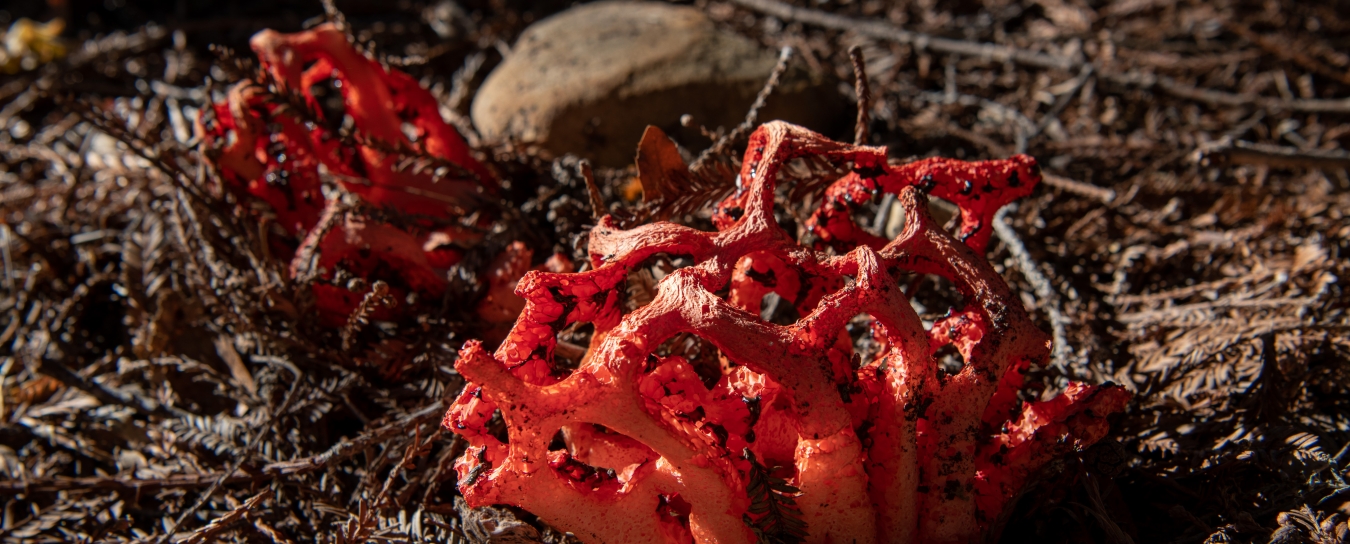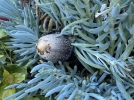
Fungi
Our fungi identifications are courtesy of fungi expert Bob Cummings, who teaches in the Botany Department at Santa Barbara City College in the Biological Sciences. Before you ask, check to see if your fungus has been identified below.
- Anthropology
- Rocks & Fossils
- Invertebrates
- Vertebrates
- Botany
- Astronomy
- Fungi
- General
- Recently Asked
Fungi identification
Please see the attached photo. It's in our garden; probably not for long. Do you know what it is? Thanks!

Curator Response
Hi Gari,
Thank you for asking us about this fungus! Whenever we have a question that requires a fungi expert, we ask Bob Cummings, Ph.D., who teaches in the Botany Department at Santa Barbara City College in the Biological Sciences. Here's what he had to say:
"This is a 'shaggy mane,' Coprinus comatus. It occurs commonly in cultivated garden soils and lawns. The mushrooms can be quite large in stature, up to 20 cm tall, and have a distinct shaggy, bullet-shaped cap.
Mushrooms are widely known to be the structures of fungi (in the phylum basidiomycota) that produce and release spores. The young caps of C. comatus do indeed release wind-borne spores for a short period of time. However, as the caps continue to mature, the gills turn black as the spores mature en masse, starting from the bottom and progressing upwards. Eventually the gills and tissues of the cap are enzymatically liquified, and the black spore mass drips from the deliquescing margins. Collected from deliquescing mushrooms and loaded onto quill pens, scribes of old purportedly used the liquid spore mass as 'ink.' Hence some mushroom observers refer to the 'shaggy mane' as an 'inky cap,' but this latter common name is more appropriately reserved for a different, but related, species, Coprinopsis atramentaria.
Mushroom names are currently undergoing major changes based mostly on new comparative molecular data such as critical DNA sequences. The true 'ink cap,' Coprinopsis atramentaria, had been known for centuries as Coprinus atramentarius, until mycologists recently re-named it. In fact, the once large and inclusive genus Coprinus now has been split into several new genera and many new species. Mushroom field guides five years or older will contain many obsolete names leading to potential confusion for casual mushroom hunters.
One more point: The 'shaggy mane' is considered a good edible if collected and cooked before the caps begin to deliquesce. However, the true 'inky cap,' Coprinopsis atramentaria, contains an enzyme inhibitor that results in one's inability to metabolize alcohol, leading to very unpleasant hangover symptoms if true 'inky caps' and alcohol are consumed together; hence it has earned an additional common name, 'tippler's bane.' One must be sure to check all the 'key characteristics' of any mushroom before eating it. In mushroom identification, the devil is in the details..."


